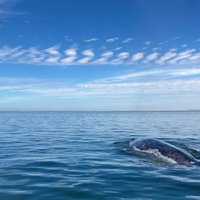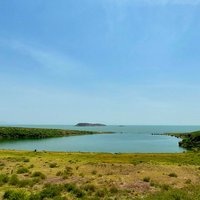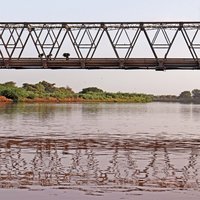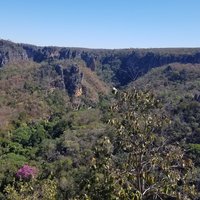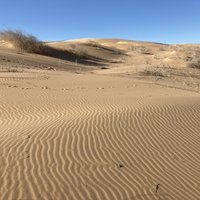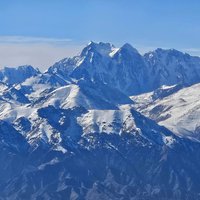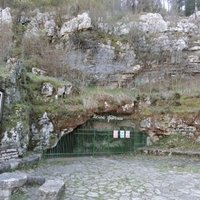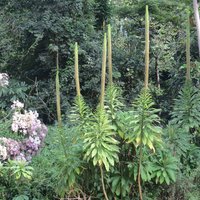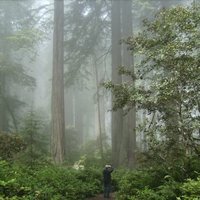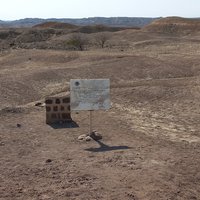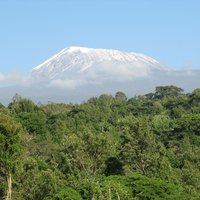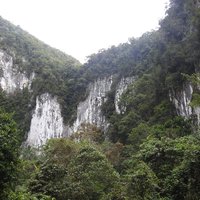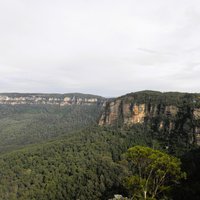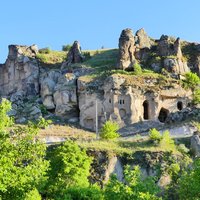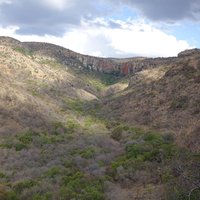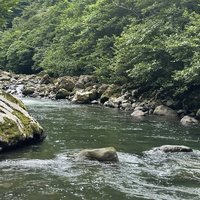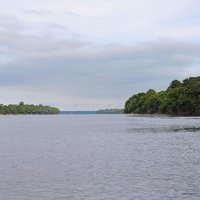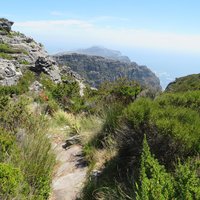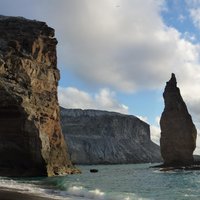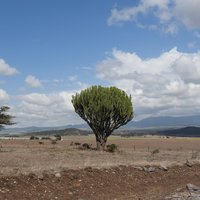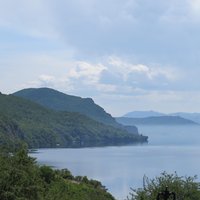Connected Sites
-
Despite this bias, diagnostic gray whale fossils have been reported from both Pleistocene and late Pliocene marine strata of the North Pacific basin, attesting to the origin of this lineage prior to the onset of Northern Hemisphere glaciation in the late Pliocene.
See www.ncbi.nlm.nih.gov
-
This property's main geological features stem from the Pliocene and Holocene periods (4million to 10,000 years old). (Nom file)
-
The oldest sediments are 3.5 Million years old (Pliocene).
-
"the canyon is understood to have developed underground until its opening process occurred in the Plio-Pleistocene" (AB ev)
-
"The end of the Pliocene epoch (2.5-6 million years ago) saw a number of long necked giraffids evolve, but largely unsuccessfully with only 2 surving to this day"
See www.giraffeconservation.org
-
The volcanoes have erupted sporadically for about 4 million years. (Wiki)
-
The landforms and ecosystems of the site have been preserved since the Pliocene epoch (Brief Description)
-
-
The mountains formed about three million years ago in the late Pliocene as a result of an uplifted block of crystalline rocks such as: gneiss, amphibolite granite and quartzite,[1] "pushed up by tremendous forces originating deep within the earth's crust". (Wiki)
-
In its limited coastal location it "escaped" the last Ice Age. "Seqouia sempervirens had reached its northernmost limits during the Paleocene and Eocene, 65 MYA to 38 MYA. It is known to have been on the islands of Svalbard, today part of Norway and well above the Arctic Circle (Snyder 1992). During the Oligocene and Miocene, 38 MYA to 6 MYA, its range had moved south due to cooler and drier climates, and by the Pliocene it had become established in its present location"
See online.sfsu.edu
-
Lucy, 3.2 million years ago
-
the important thing about Kilimanjaro is the late emergence within the Rift Valley setting – this was largely within the last 3 million years.
-
Major uplift that occurred during the late Pliocene to Pleistocene is well represented in the 295 km of explored caves as a series of major cave levels (crit viii)
-
The Greater Blue Mountains area is the centre of diversity of eucalypts, providing an outstanding record of the products of evolutionary processes associated with the global climatic changes of the late Tertiary and the Quaternary. (nom file)
-
This layer of tuff was in turn overlain by a series of andesitic and basaltic lavas, between the late Pliocene and early Pleistocene. (EOearth)
-
Sterkfontein geologically revealed the earliest record of hominid in southern Africa (close to 3.5 million years ago), Australopithecus africanus who lived between 2-3 million years ago in the Pliocene
-
This is the result of millions of years of uninterrupted evolution and speciation processes within the Colchic Pliocene refugium. (AB ev)
-
An Argon-Potassium radiometric determination established the age of the oldest rocks between 1.91 and 2.44 million years (Late Pliocene). Wiki
-
Aufgrund der damit verbundenen Sperrung des Abflusses kehrte sich vor circa 10 bis 15 Millionen Jahren der Flusslauf um. Weil aber zunächst im Zentrum des Amazonasbeckens eine Hebung stattfand, geschah dies in zwei Phasen: Während die Osthänge bereits über einen Amazonas-Vorläufer in den Atlantik entwässerten, bildeten sich auf der Westseite riesige Binnenseen, deren Ablagerungen heute großenteils den Untergrund der Terra firme ausmachen. Erst als diese Seen nach rund fünf Millionen Jahren ebenfalls nach Osten entwässerten, konnte sich das heutige Flussnetz entwickeln. (Wiki)
-
on the basis of unchanged landform since then, period of most speciation and establishment of general climate patterns as of today despite subsequent ups/downs: "While the radiation of Cape clades occurred throughout the late Cenozoic, speciation was most prolific during the Pliocene."
See bluehillescape.blogspot.co.uk
-
"Clarion is the westernmost and oldest island (early Pliocene). Rota Partida is a rocky islet and is the throat of an old volcano. It is younger than Clarion but older than Socorro, the largest island (early Pleistocene), and San Benedicto, the youngest and northernmost island (late Pleistocene)." See
See sora.unm.edu
-
Mount Kenya is a stratovolcano that was active in the Plio-Pleistocene (wiki) / It is an ancient extinct volcano, which during its period of activity (3.1-2.6 million years ago) is thought to have risen to 6,500 m (AB ev)
-
The Ohrid and Prespa Lakes belong to a group of Dessaret basins that originated from a geotectonic depression during the Pliocene epoch up to five million years ago (Wiki)

